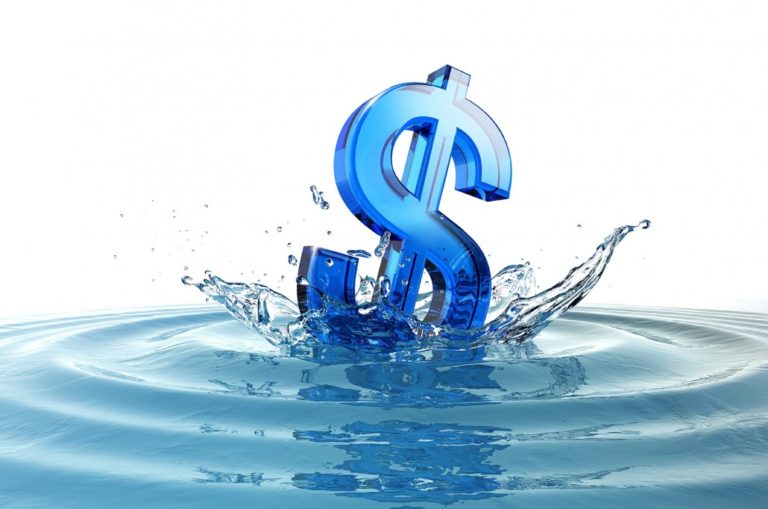Demand Response
Demand response is perhaps one of the most important pieces of the energy efficiency puzzle.
What is it?
Put simply, demand response provides consumers the opportunity to reduce their electricity usage during peak hours. Typically this is done by certain financial incentives offered by electric companies. These include time-based rates such as time-of-use pricing, critical peak pricing, real time pricing, variable peak pricing and critical peak rebates. Because shifting and reducing energy use to off-peak hours can help balance supply and demand, the cost of electricity in wholesale markets is reduced. When this happens, the retail price that consumers pay is reduced as well.
Electric power companies consider demand response programs incredibly valuable. Along with grid modernization efforts, demand response can expand capabilities to reduce power in strategic places, avoiding overload and power failure in peak times.
With advancements in metering, time-based rate programs can grow and provide consumers with the ability to lower their energy use during times that will lessen the load on the power grid and provide significant savings.
Supply and demand is a critical balance and maintaining this balance when it comes to energy usage is important. Gone are the days where electricity suppliers increase power generation to meet demand. Now with demand response, energy users are paid to reduce their usage. Not only do consumers see financial benefits, they can take pride in their direct action to improving energy conservation.






